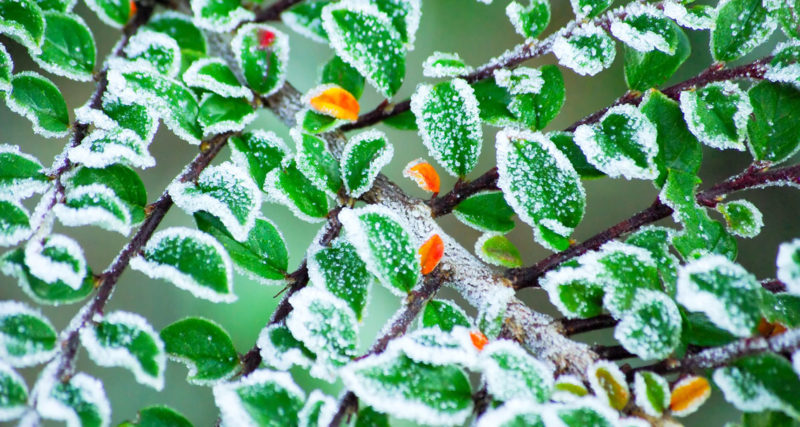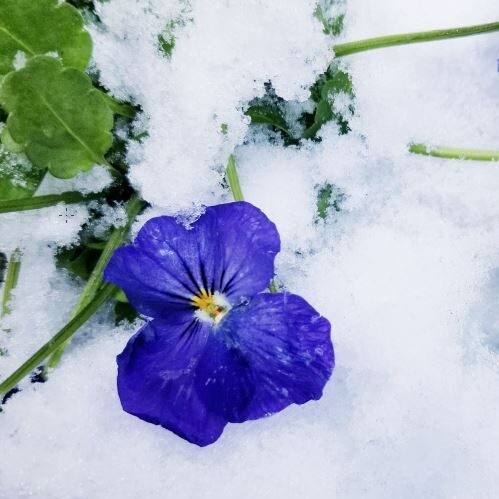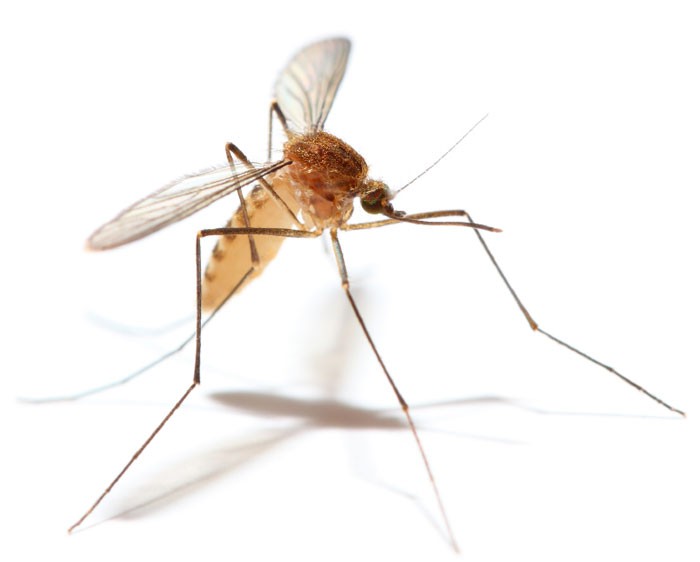Texas summers are tough on us all. Imagine if you – like your landscape –…
Keep Your Garden Safe in the Cold

Water thoroughly! Plants can resist freezing temperatures much better when they are fully turgid. Water stressed plants will take a hard hit. Consider watering herbaceous plants and vegetables with SUPERthrive, a vitamin/hormone supplement for plants or Liquid Seaweed which provides potash to strengthen plants overall for more resilience to cold.
During hard freezes, cover all newly planted annuals, perennials or small shrubs using frost cloth. Cover any tender perennials or cool season vegetable crops, such as broccoli, cabbage, cauliflower & lettuce to keep from losing your harvest. While hardy plants and cool season vegetables will typically survive a 15 degree frost, the flower buds and fruit will most often be hardest hit. Cauliflower heads are especially sensitive to freezing temperatures.
A 2-3 inch layer of mulch is important for insulating new and established trees and shrubs. Fallen leaves or hay can also be used as a cover to insulate more hardy herbaceous plants.
A sheet of frost cloth will provide about 8 degrees of temperature protection. You can layer two sheets to give you extra protection. Purchase landscape staples to help secure the frost cloth in place.
Do not use plastic to cover plants. Plants that come in contact with plastic during a freeze often suffer damage. It’s also better to leave some air space above the plant as insulation, rather than pinning the frost cloth tightly down on top of the plants.
You may leave frost cloth on plants for two or three days if freezing temperatures persist, but it’s best to at least pull it back so enough sunlight can reach plants if warmer temperatures allow for it.



